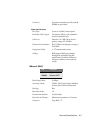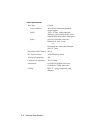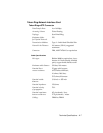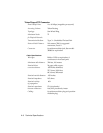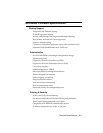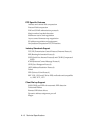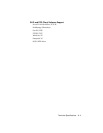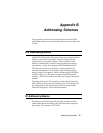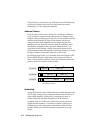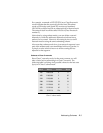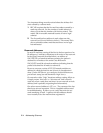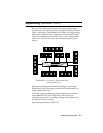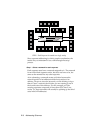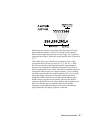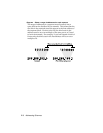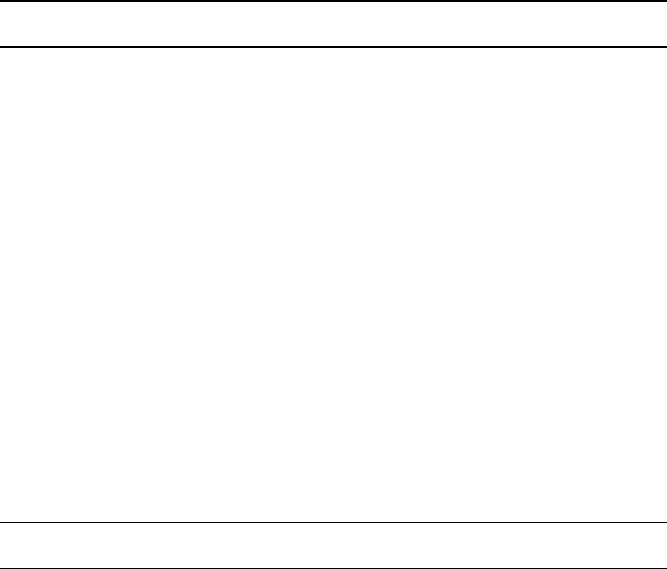
Addressing Schemes B-1
Appendix B
Addressing Schemes
This appendix contains a brief introduction to the IP and IPX
addressing schemes for administrators that are new to either one
or both.
IPX Addressing Basics
Unlike TCP/IP, Novell’s IPX protocol uses two separate address
fields for each network interface: a 4 octet (4 byte) network
number and a 6 octet node address. The complete 10 octet
address is traditionally written as two hexadecimal numbers
separated by a colon, for example: 001EF230:000000012A45.
The network number is an arbitrary value assigned by the
network administrator. Each unique network number desig-
nates a single LAN segment. When configuring the NETServer
for IPX routing, you will need to assign several IPX network
numbers. Each one should be entered as an 8 digit hexadecimal
number.
The node address of an IPX machine is taken directly from the
MAC address of each network interface card. This address was
pre-configured by the manufacturer of the card and usually
cannot be changed by a network administrator.
IP Addressing Basics
IP addresses are 32 bits long and generally written in what is
called dotted decimal notation: four decimal values separated
by periods. For example, 192.77.203.5.



